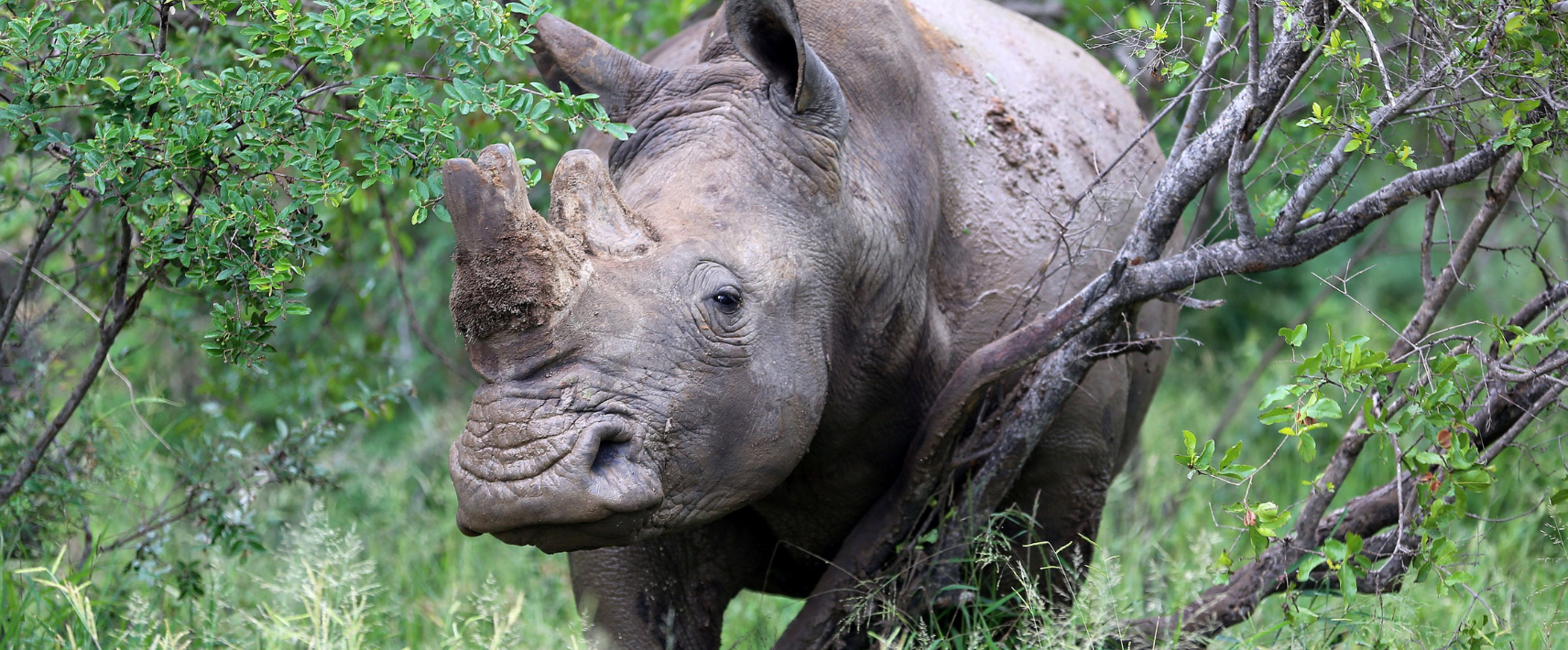One of the most important global meetings on wildlife trade has just wrapped up in Uzbekistan. It’s capital city Samarkand was where governments convened for the 20th Conference of the Parties (CoP20) to the Convention on International Trade in Endangered Species of Wild Fauna and Flora (CITES) to decide how international trade should be managed for some of the world’s most threatened...

Photo credits: Denise Allison Coyle via shutterstock
Tigers (Panthera tigris) are the largest of the big cats and one of the most recognisable animals on Earth. But behind the stripes is a sobering reality: they are also one of the most endangered.
There are six surviving subspecies of tiger in the wild today:
- Bengal Tiger (Panthera tigris tigris) – Found mainly in India, but also in Bangladesh, Nepal, Bhutan and western Myanmar. This is the most numerous subspecies, making up the bulk of the global population.
- Amur (or Siberian) Tiger (Panthera tigris altaica) – Lives in the cold forests of the Russian Far East and parts of northeastern China.
- Malayan Tiger (Panthera tigris jacksoni) – A critically endangered subspecies found only in Peninsular Malaysia.
- Indochinese Tiger (Panthera tigris corbetti) – Native to parts of mainland Southeast Asia, but increasingly scarce.
- Sumatran Tiger (Panthera tigris sumatrae) – The smallest subspecies, found only on Indonesia’s island of Sumatra.
- South China Tiger (Panthera tigris amoyensis) – Possibly extinct in the wild, as there have been no confirmed wild sightings since the 1970s.
Three others—the Bali, Javan and Caspian tigers—have officially become extinct.
Why are tigers still endangered?
Tigers once roamed across much of Asia, from eastern Turkey to the Russian Far East, and as far south as the islands of Indonesia. Today, they occupy less than 7% of that historical range.
The biggest threats to their survival are:
- Poaching – Tigers are illegally killed for their skins, bones, and body parts, which are trafficked through international wildlife crime networks.
- Habitat loss – Forests and wild landscapes are being cleared for agriculture, roads, and development, breaking up tiger territories and pushing them into conflict with people.
- Loss of prey – Without enough wild prey like deer and wild boar, tigers can’t survive—and may turn to livestock, increasing their risk of retaliation.
- Climate change – Rising sea levels and shifting ecosystems are putting already fragile populations, especially in low-lying regions like the Sundarbans, at greater risk.
How many tigers are left in the wild?
The most recent IUCN Red List assessment estimates there are between 3,726 and 5,578 tigers left in the wild, with only about 3,140 mature individuals. That’s a sobering drop from estimates of 5,000 to 8,000 in the 1990s.
Some countries—like India, Nepal, Bhutan and Thailand—have seen increases in local tiger numbers thanks to stronger protections and focused recovery programs. But others, particularly in Southeast Asia, have experienced devastating declines. Tigers have already disappeared from Cambodia, Vietnam and Laos.
How we’re helping
At Humane World for Animals (formerly Humane Society International), we work globally to stop the illegal wildlife trade and advocate for stronger protections for animals like tigers. We push for international agreements that hold countries accountable, expose cruelty in wildlife trafficking networks, and promote policy reforms that address the root causes of animal suffering.
We also partner with and provide grants to a range of highly qualified conservation organisations around the world. One such partner is Wildlife Friends Foundation Thailand (WFFT), a remarkable organisation we’ve supported since 2016. WFFT provides sanctuary and lifelong care to tigers rescued from captivity, cruelty, or the illegal trade in Thailand.
One of these tigers is Susu, who spent over 15 years chained at Phuket Zoo, forced to perform for tourists and confined to a tiny concrete cage. In 2022, WFFT rescued Susu, giving her the chance to experience freedom for the first time. Upon arrival at the sanctuary, Susu was hesitant but soon began to explore her new environment. She now enjoys lounging in the sun, feeling grass under her paws, and expressing natural tiger behaviours—simple pleasures she was denied for so long.
These individual stories are powerful reminders of why our work matters—and why continued support is so critical. Our mission is not just to protect tigers in the wild, but to ensure that those already harmed by exploitation can live out their lives in peace and dignity.


